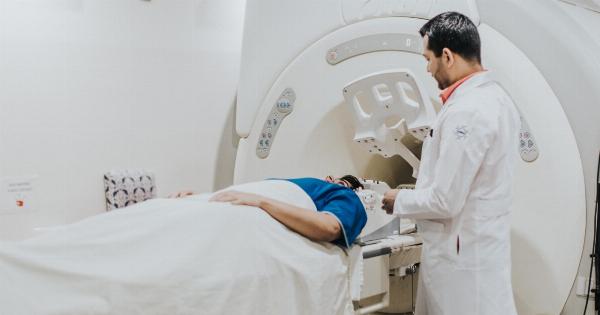Eating disorders are a complex and serious issue affecting people of all ages, genders, and backgrounds. While anorexia nervosa, bulimia nervosa, and binge eating disorder are well-known disorders, they’re not the only ones.
Orthorexia, body dysmorphic disorder, and food addiction are also recognized as eating disorders, although they’re not yet classified as specified diagnostic criteria in the DSM-5.
What is Orthorexia?
Orthorexia is an eating disorder characterized by an obsession with healthy eating.
The person suffering from this disorder may spend an excessive amount of time researching and preparing healthy meals, avoid eating certain types of food, or even eliminate entire food groups from their diet. They may also become preoccupied with the quality and purity of the food they consume. Orthorexia can lead to malnutrition, social isolation, and can interfere with a person’s ability to function in their daily life.
What is Body Dysmorphic Disorder?
Body dysmorphic disorder (BDD) is a disorder that causes a person to be preoccupied with perceived flaws in their appearance. This can include obsessing over their weight, body shape, or specific body parts.
People with BDD may develop unhealthy eating habits in an attempt to change their appearance, which can lead to serious health problems.
What is Food Addiction?
Food addiction is a disorder that causes a person to crave and consume food compulsively, even when they are not hungry. This can lead to weight gain, obesity, and a range of health problems.
Food addiction can be difficult to treat because it involves not only addressing the physical symptoms, but also addressing the underlying psychological factors that contribute to the behavior.
How Diet Can Contribute to Eating Disorders
Diet culture puts a lot of pressure on people to conform to certain standards of health and beauty. The diet industry encourages people to restrict their intake of certain foods, follow strict dietary rules, and pursue weight loss at all costs.
This can have a negative impact on mental health, as people become preoccupied with their food choices, body shape, and weight.
In some cases, dieting can lead to disordered eating or trigger an eating disorder.
For example, a person may start a diet with the intention of getting healthier, but as they see progress, they become obsessed with weight loss and start to restrict their food intake too much. Over time, this can lead to the development of an eating disorder.
How to Navigate the Gray Area
If you’re concerned that you or someone you know may be struggling with an eating disorder or disordered eating, it’s important to seek professional help.
A qualified healthcare professional can help you assess your symptoms, develop a treatment plan, and provide support along the way.
In addition to seeking professional help, there are things you can do to promote a healthy relationship with food and your body. These include:.
1. Eliminate Diet Mentality
Eliminate the idea that there are “good” and “bad” foods. All foods can fit into a healthy diet, and it’s important to give yourself permission to enjoy all types of food in moderation.
2. Listen to Your Body
Trust your body’s signals of hunger and fullness. Eat when you’re hungry and stop when you’re full.
3. Practice Self-Care
Self-care is an essential part of managing stress and promoting mental health. This can include activities such as exercise, meditation, or spending time outdoors.
4. Seek Support
Having a support system can make a big difference in your recovery. This can include family and friends, support groups, or an online community.
5. Know Your Triggers
Identify situations or people that may trigger your disordered eating or negative thoughts about your body. Once you know your triggers, you can develop a plan to cope with them in a healthy way.
In conclusion, navigating the gray area of diet and eating disorders can be challenging, but it’s important to prioritize your mental and physical health.
Seek professional help if you’re concerned about your symptoms, and focus on developing a healthy relationship with food and your body. With time, patience, and support, recovery is possible.




























